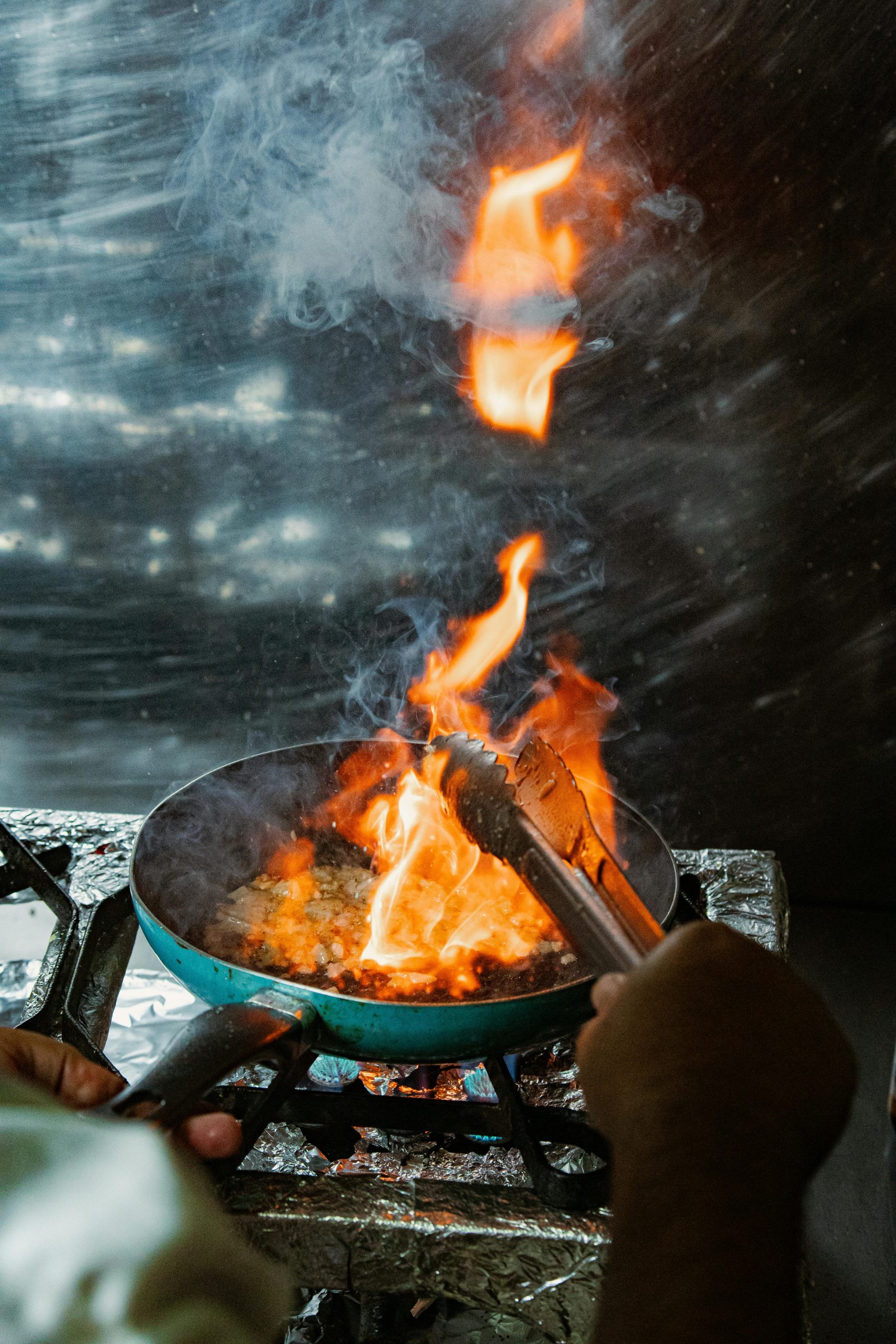Improving My Searing Technique for Chicken Breasts
I’m currently working on honing my cooking skills, specifically how to properly sear chicken breasts to keep them moist and flavorful. I’m focusing on pan-searing, so I’m not looking for other cooking methods like frying, despite how delicious that can be!
Here’s what I’ve been doing:
-
Choose Fresh Chicken: I buy fresh, non-frozen chicken breasts and freeze them, planning ahead by taking one out to thaw in the fridge the night before. If I’m in a rush, I seal it in a bag and use cold running water to defrost it over a couple of hours.
-
Season Generously: I season the chicken well with salt and pepper, and sometimes add onion and garlic powder, along with a dash of cayenne and paprika if I’m in the mood.
-
Butterfly the Chicken: I butterfly the chicken breast to create a large, flat piece. This helps it cook more evenly.
-
Sear Properly: I heat my pan, add oil, and cook the chicken over medium to medium-high heat. I flip it a couple of times until it reaches an internal temperature of about 140°F to 145°F. Then, I remove it from the pan and let it rest until the thickest part reaches 155°F for at least a minute.
-
Rest and Slice: After resting for a few minutes, I cut the chicken against the grain, although I’m not sure how much this affects the end result.
Overall, the chicken turned out okay. I’ve had drier versions in the past, but I wouldn’t say this was “juicy.” If I were to rate it, I’d say it was around a 6/10—where a perfectly tender chicken breast would score a 9/10, and a really dry one falls to around 4/10.
A Few Thoughts and Questions:
- I’m using WinCo’s jumbo chicken breasts since they’re budget-friendly. Does the quality or water content have a significant impact on juiciness?
- I didn’t brine the chicken (either wet or dry). How much does that affect the moisture level?
- Does the method of freezing and slow defrosting impact the taste or texture of the chicken?
Any advice or insights would be greatly appreciated!

Leave a Reply
You must be logged in to post a comment.